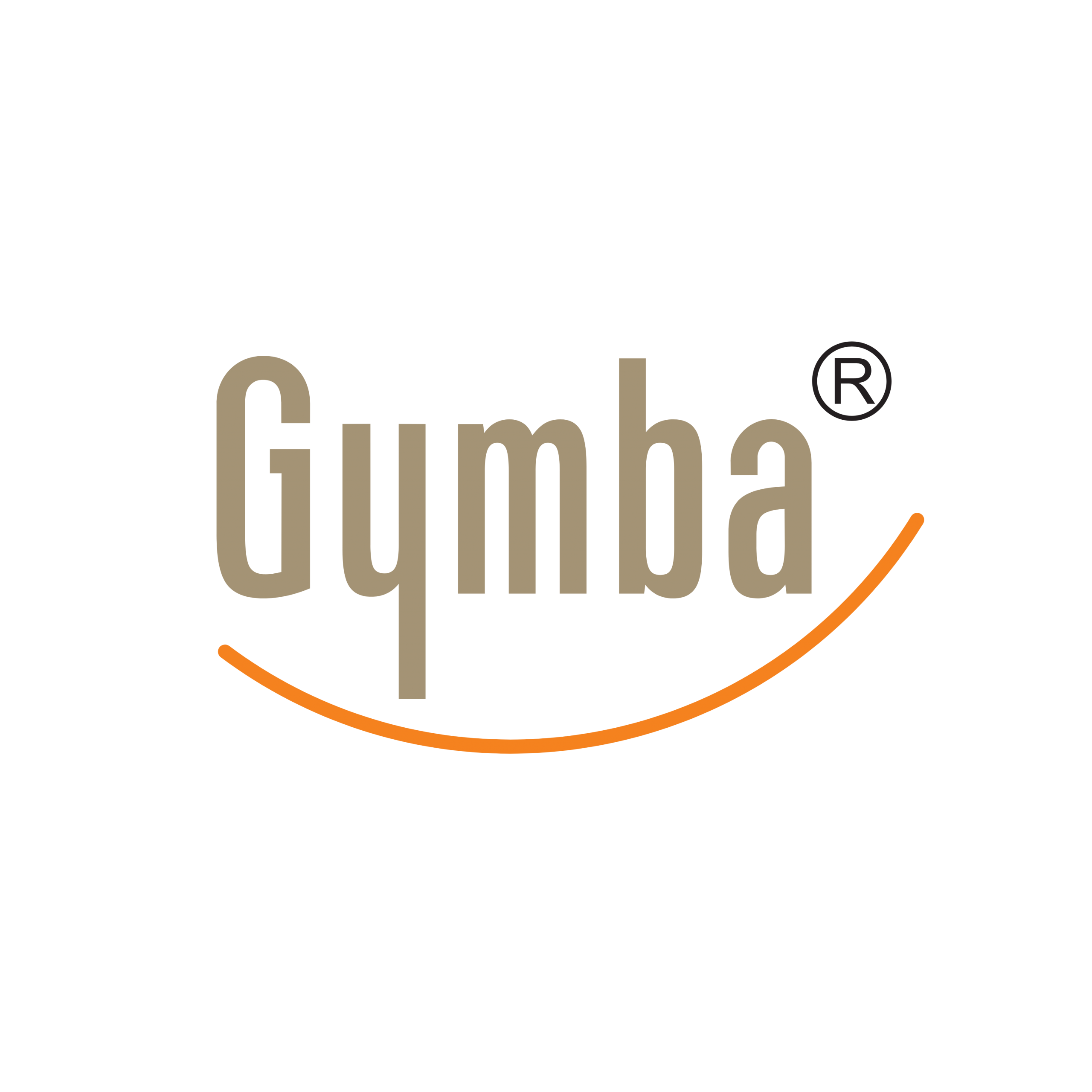To prevent tension headaches at work, you should take short 5-10 minute breaks every 50-60 minutes of focused work. These regular intervals allow your body to reset, relieving muscle tension in your neck, shoulders, and eyes that commonly trigger headaches. Additionally, incorporating micro-breaks of 30 seconds to one minute every 20 minutes can significantly reduce strain. During these breaks, the most effective approach is to change your physical position and shift your visual focus away from screens.
Understanding tension headaches in the workplace
Tension headaches are the most common type of headache experienced by office workers. They typically present as a dull, aching sensation, often described as a tight band around the head. These headaches develop when muscles in your neck, shoulders, and scalp become tense or contract due to prolonged static postures maintained during desk work.
Poor workstation ergonomics significantly contribute to tension headaches. When your computer screen is positioned incorrectly, or your chair doesn’t properly support your spine, your body compensates by adopting unnatural positions. This leads to muscle imbalances and strain in your upper back and neck.
The sedentary nature of office work is particularly problematic. Sitting for extended periods reduces blood circulation, increases muscle stiffness, and creates the perfect conditions for tension to build up. Without regular movement to counteract these effects, the risk of developing tension headaches increases substantially.
How often should you take breaks to prevent tension headaches?
For optimal prevention of tension headaches, you should take a 5-10 minute break every 50-60 minutes of concentrated work. This timing aligns with your body’s natural attention cycle and helps prevent the cumulative muscle tension that leads to headaches.
In addition to these standard breaks, incorporating micro-breaks of 20-30 seconds every 20 minutes can be even more effective. During these brief pauses, simply change your posture, look away from your screen, or perform a quick stretch to release building tension.
This break schedule works because it interrupts the pattern of static muscle contraction that occurs during focused desk work. By regularly changing positions and allowing your muscles to relax, you prevent the accumulation of tension that typically triggers headaches by the end of a workday.
The specific timing may need adjustment based on your personal work patterns and physical needs. Some people benefit from slightly more frequent breaks, while others might need longer recovery periods. Pay attention to how your body responds and adjust accordingly.
What type of breaks are most effective for headache prevention?
The most effective breaks for preventing tension headaches combine physical movement with visual rest. Brief walking breaks that get you completely away from your desk provide the greatest benefit, as they improve circulation, reset your posture, and give your eyes a complete break from screen exposure.
Targeted stretching exercises focusing on the neck, shoulders, and upper back are particularly valuable. Simple movements like shoulder rolls, gentle neck stretches, and upper back extensions can quickly release accumulated tension in the primary areas that contribute to headaches.
Eye exercises should not be overlooked. The 20-20-20 rule is especially effective: every 20 minutes, look at something 20 feet away for at least 20 seconds. This reduces eye strain that can trigger headaches, particularly for those who spend most of their day focusing on close-up screens.
Deep breathing exercises during breaks provide additional benefits by increasing oxygen flow and promoting relaxation of tense muscles. Even 60 seconds of slow, deliberate breathing can help reset your body’s stress response and prevent tension from building up.
How can you integrate movement into your workday?
You can integrate movement into your workday by adopting an “active sitting” approach. This involves making small, intentional position changes every 10-15 minutes even while continuing to work. Simply shifting your weight, adjusting your posture, or gently moving your feet can maintain circulation and prevent muscle stiffness.
If you are using a standing desk, you can easily integrate movement into your workday by adopting an “active standing” approach. This means using tools like balance boards, anti-fatigue mats, or foot rollers that encourage subtle movements such as shifting your weight, engaging your core, or rocking gently side to side. You can also add light walking motions—like pacing during calls or stepping in place—to keep your body active.
Taking advantage of “movement opportunities” throughout the day makes a significant difference. Stand up during phone calls, walk to a colleague’s desk instead of sending an email, or use a bathroom on a different floor to incorporate more movement naturally.
Creating environmental triggers helps establish consistent movement habits. Place items you regularly need slightly out of reach so you must stand to retrieve them. Set calendar reminders for movement breaks, or use the completion of specific tasks as a signal to take a brief walking break.
When formal breaks aren’t possible due to deadlines or meetings, micro-movements become essential. Small actions like ankle circles, gentle shoulder shrugs, or subtle back stretches can be performed without interrupting your workflow while still providing enough movement to reduce tension buildup.
Why do ergonomic tools help reduce headache frequency?
Ergonomic tools help reduce headache frequency by promoting optimal body alignment, which prevents the muscle strain that leads to tension headaches. When your workstation properly supports your body’s natural alignment, muscles can remain relaxed rather than constantly working to maintain posture.
An adjustable chair with proper lumbar support forms the foundation of ergonomic workspaces. When your lower back is appropriately supported, the entire spine maintains healthier alignment, reducing strain on the neck and shoulders—key areas where tension accumulates before triggering headaches.
Similarly, for standing work, an ergonomic tool like a balance board, active board or supportive standing mat is essential—not only to promote proper posture but also to encourage gentle, active movement throughout the day.
Screen positioning plays a crucial role in headache prevention. Monitors placed at eye level eliminate the need to bend your neck forward or backward, positions that rapidly create muscle fatigue and tension. Similarly, ergonomic keyboards and mouse designs reduce strain on the upper body by keeping your arms and wrists in neutral positions.
Active workstation elements that encourage subtle movement throughout the day provide additional benefits. These tools work by preventing static postures and promoting small, natural movements that maintain circulation and muscle flexibility, directly addressing the root causes of tension headaches.
What are the warning signs you need more frequent breaks?
Early warning signs that indicate you need more frequent breaks include tightness at the base of your skull and across your shoulders. This tension typically develops gradually and can be detected before it escalates into a full headache if you pay attention to how your body feels.
Increased blinking, dry eyes, or visual fatigue suggest eye strain is building, which often precedes tension headaches. When you notice yourself squinting or struggling to focus on your screen, it’s an important signal that your visual system needs a break.
Changes in your posture throughout the day provide valuable feedback. If you catch yourself hunching forward, raising your shoulders toward your ears, or jutting your chin forward, your body is showing signs of fatigue that could lead to a tension headache.
Subtle cognitive changes often accompany physical warning signs. Difficulty concentrating, increased irritability, or feeling mentally foggy can indicate that tension is affecting both your body and mind. These symptoms suggest you should take a break to move and reset before a headache develops.
Key takeaways for headache-free workdays
The most effective strategy for preventing tension headaches is establishing a consistent break schedule. Aim for 5-10 minute breaks each hour, supplemented with brief 20-30 second micro-breaks every 20 minutes to reset your posture and visual focus.
Make your breaks count by incorporating movement that targets key tension areas. Simple neck stretches, shoulder rolls, and brief walking can quickly release accumulated tension and restart healthy circulation patterns.
Pay attention to your body’s early warning signals and respond promptly when you notice muscle tightness developing. Taking action at the first signs of tension is much more effective than trying to address a headache once it’s fully developed.
Your work environment plays a crucial role in headache prevention. We at Gymba understand this connection, which is why our ergonomic solutions are designed to support natural movement throughout your workday. Our activation boards and ergonomic accessories integrate seamlessly into your workspace, encouraging the small, consistent movements that prevent tension buildup while you work.

